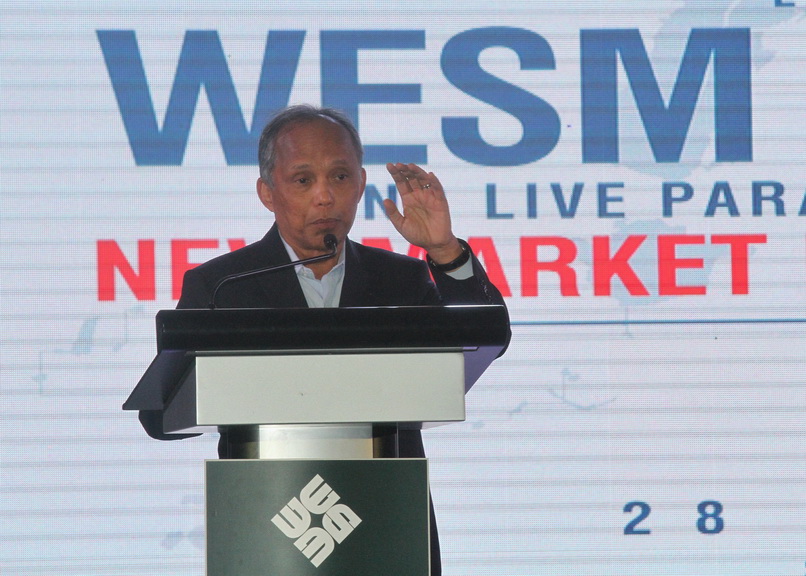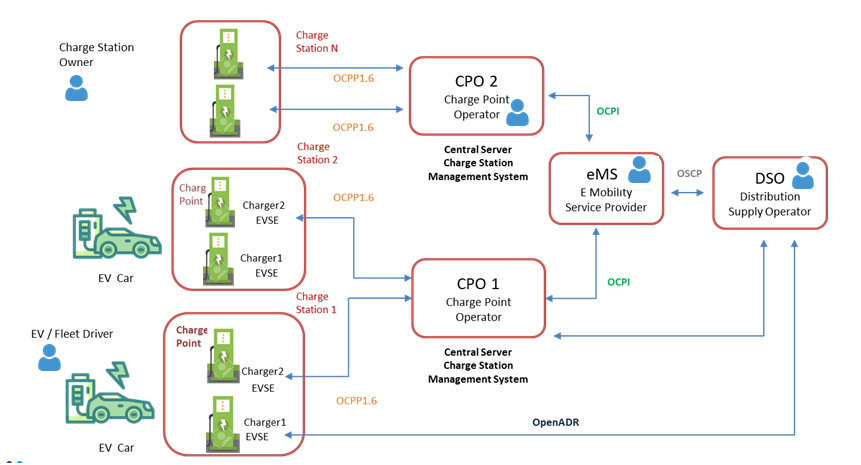

Text description of Mapping Stakeholder Interests Stage 3: Use these techniques to help you map the stakeholders.

Habitual shifts (in a schedule, timing, eating, lifestyles, etc).Environmental/Ecological change(including land use changes).Stage 2: Use the following categories of impacts to help identify possible stakeholders along with interests: Stage 1: Consider the three types of stakeholders here.

Key stakeholders can significantly impact the process and/or outcomes, but may or may not be directly impacted by the outcomes. Secondary stakeholders may be affected by the outcomes of the decisions without direct input or significant interest in the process Stakeholder Matrix 1: Identification Primary stakeholders have a specific interest in the outcomes of a process and/or intervention. Equitable outcomes require an equitable process of evaluation.A stakeholder analysis requires representation from actual stakeholders or reasonable proxies, as in the case of silent stakeholders.A stakeholder analysis should be conducted early in a project to ensure equitable representation in a decision-making process around a given action.Stakeholder analysis is an evolving process and, much like LCA, it depends on goals and scope and the depth to which you want to provide details.Ī given action or decision can have significant consequence depending on whom, what, and how the stakeholder is in relationship to the action or decision. As such, the “economic management only” approach is not going to capture concerns of secondary stakeholders in this case. However, if you're trying to implement a project such as cleanup or remediation of a toxic site, you are not concerned with economic outcomes of secondary stakeholders, but rather, health impacts. If you are a company managing stakeholders, you are mainly concerned with economic outcomes, and your concern with secondary stakeholders is mainly a financial one. The Stakeholder Matrix I developed is intended to be applicable to social projects and looking at non-economic impacts. The approach covered in the article addresses a firm/management approach to stakeholder analysis. so, any of these categories need more granularity in an analysis. If government offices, which ones: Local, State or Federal? Which people in which positions are being affected? Does this make sense? What does it help your analysis to say that everyone in the world is being affected by climate change therefore we are all secondary stakeholders? Are they all being affected equally? Probably not. How do you try to "manage society" or "a government"? You have to get as specific as possible. In this section, it says, "'secondary,' non-economic stakeholders included in a firm's stakeholder management will often be labeled as society, NGOs, and/or government." However, the stakeholder matrix describes secondary stakeholders as ones that "may be affected by the outcomes of decisions without direct input or significant interest in the process."įirst, a category as broad as society, NGOs, or government, doesn’t help you manage a given situation. There are many ways to approach stakeholder analysis. Otherwise, the analysis becomes too generalized to be of much use. When doing a stakeholder analysis, the scale of analysis needs to map onto actual processes that can be engaged by those entities. 9.1 Identifying Stakeholders Scale of Stakeholder Analysis


 0 kommentar(er)
0 kommentar(er)
